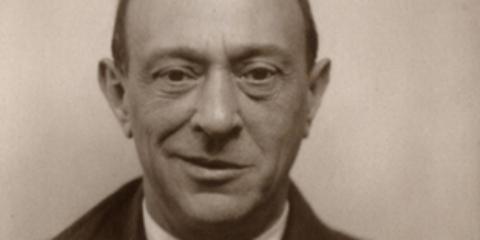MCO’s Songs of the Night can be heard in Melbourne on Sunday 18 June at Melbourne Recital Centre & Thursday 22 June at The Deakin Edge, Federation Square.
MCO’s Executive Director, Richard Jackson, reflects on the special place of Schoenberg at the zenith of Romanticism.
The turn of the twentieth century is a remarkably rich period of music history. The first part of the story is the story of “Romanticism”, which might be said to emanate from the music of Beethoven & Schubert.
Between Beethoven and Mahler we can trace a trajectory: more dramatic emotions, denser textures, larger forces, and a rich development of the harmonic and rhythmic elements of music. With musicians becoming ever more skilled, and certain instruments developing more robust capabilities (for example, the piano and harp) the expressive realm of music was vastly increased. Orchestral specifications expanded dramatically. In little more than a century, typical orchestra sizes at least doubled.
Schoenberg entered this milieu as a young composer very much composing into the tradition of Strauss, Mahler, and Brahms. At this time, megafauna including Strauss’ opera Salome and Mahler’s late symphonies call for gargantuan forces with orchestras well over 100 musicians. The youngish Schoenberg composed one of the iconic works of the period, his Gurre-lieder, requiring over 200 musicians and around two hours to perform.
The two Schoenberg works on this program, Waldesnacht and Verklärte Nacht give an insight into what was happening with smaller forces. While some composers from this period composed almost exclusively for large forces (Bruckner and Mahler spring to mind) there was still plenty of imagination for chamber music. But these works, while small, muster an intensity of feeling and a richness of feeling that belies their small resources. Verklärte Nacht is written as a sextet but is performed by string orchestras (as we do in this program) probably at least as often. The reason is that the writing thrives on the additional richness of orchestral reinforcement. (Bruckner’s String Quintet, similarly, sounds almost comically lean with just five musicians.) For this performance, we’re also couching Waldesnacht in a string arrangement from a piano original, which I think will reveal new perspectives on the original.

